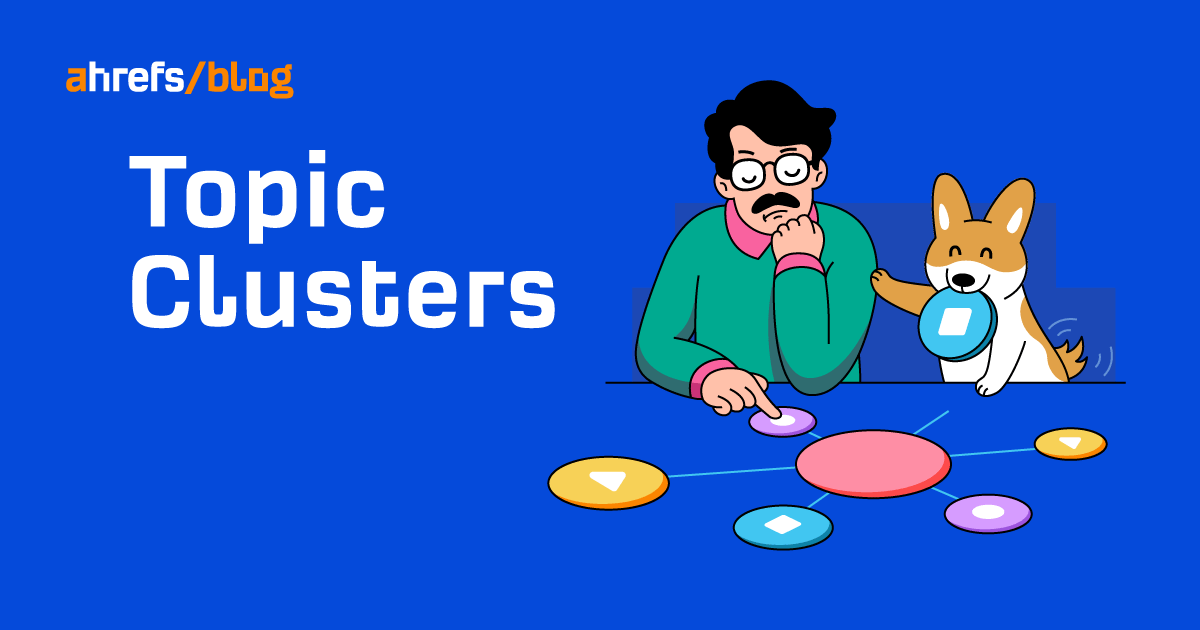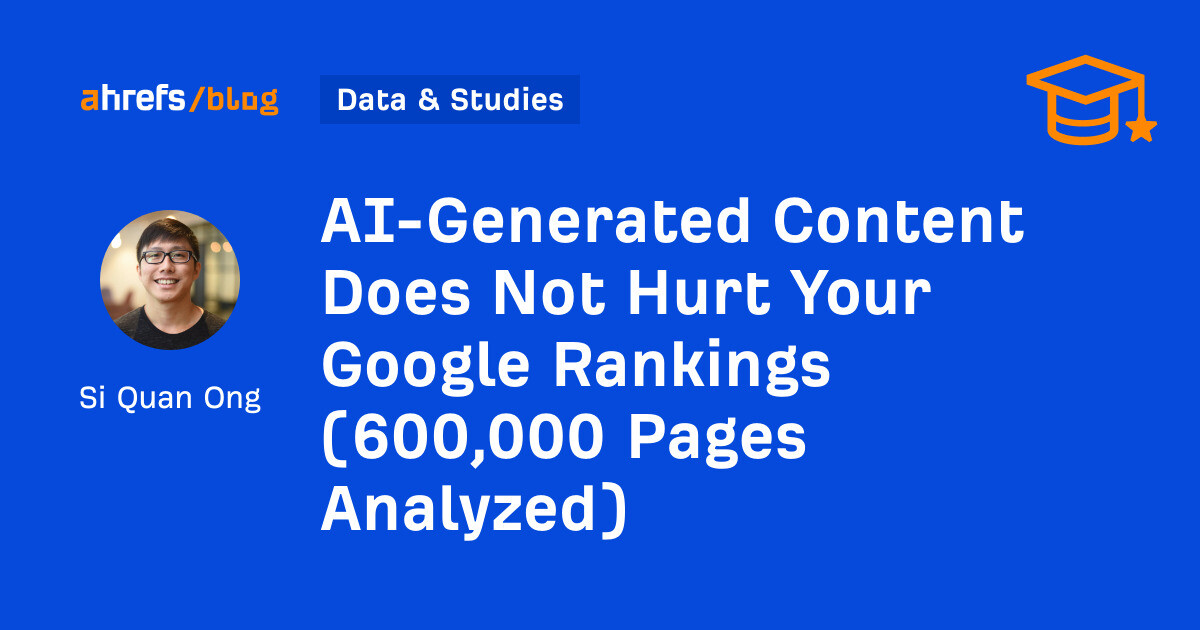Can a Proactive Brand Strategy Catapult Your Brand to New Heights?
On the business terrain, brand dinosaurs litter the landscape. Moving too slowly, these old brands tried to survive on scraps left by more agile brands, brands that could be more proactive, learn faster and adapt in real time. Here’s...

On the business terrain, brand dinosaurs litter the landscape. Moving too slowly, these old brands tried to survive on scraps left by more agile brands, brands that could be more proactive, learn faster and adapt in real time. Here’s what you need to know to not only survive but thrive — whether refreshing or doing a top-to-bottom rebrand.
How can CEOs flip the script on traditional branding and incorporate a proactive rebranding strategy that rises above the noise, following a tried and proven sequence that’s driven billions in revenue? Here’s the blueprint.
Historically, branding has been the end game. Choreographing how companies were seen. Building loyal customers. Becoming cash cows. Increasing lifetime value of the customer and making moves that customers loved.
Due to technological advances, and fleeting customer loyalties, branding is now an exercise in “discovery” and creating for customers “an endless supply of unexpected and pleasing surprises.”
The new standard? Test widely. Fail fast. Learn even faster.
Tentative, cautious, “safe” branding moves are gone, like the dinosaurs that once roamed the Earth.
Unsustainable brands fail in three fundamental ways:
They’re too slow and too over-analyzed,They’re too obsessed with “covering every possible outcome” that their efforts are tentative and too small that they discover nothing from what they put out, andWorst of all, they try to be everything to some poorly defined “audience.”All while being passed over by much more nimble brands that have learned where the market is headed rather than pouring over where the market has been.
So what does it really take to make your brand not just survive but dominate?
Forget Playing It Safe: Bold (and Smart) Wins
Customers (and stakeholders in the business world) don’t reward timid stances or tentative gestures.
Let’s take this stat from Salesforce’s 5th edition of their Connected Shoppers Report:
“74% of shoppers say it takes no more than three bad experiences to abandon a brand.”
Whoa. How did we get here?
Today’s consumer landscape is very different.
Everything under the sun exists at every turn — from what can be found on Amazon to tons of existing stores and chains, and of course online stores — that it’s become a buyer’s market.
So when it comes to rebranding a company, it’s crucial to have that ideal balance between bold conviction and an uncompromising ownership of who the hero is with your brand and who the villain is.
Show Me the Money: Which To Do First? Marketing or Branding?
The spend on B2B branding is hitting the roof, projected to jump from $32 billion in 2022 to $37.7 billion in 2024.
When does this expenditure become nothing more than burning hard-earned cash?
When companies try to solve branding problems with marketing solutions.
Marketing solutions never solved branding problems.
Why is this? Because branding supersedes marketing. It comes before, and is followed by marketing.
An unstable branding foundation leaves marketing spending tons of cash hoping something will stick.
Branding, and particularly rebranding, isn’t just about increasing the ad spend. It’s about a smart, strategic investment that lays down the roadmap first, establishing the brand, its hero and its villain first, so it’s faster for marketing to dial on where we are and where we’re headed.
Case in point, Nielsen research found that even a one-point gain in brand metrics like awareness and consideration can drive a 1% increase in sales.
And the Harvard Business Review presented a case study about Lilypad Hotels and Resorts, where experts discuss the need to build up the corporate brand to crea
te long-term value and the importance of clarifying what the brand represents before giving it more emphasis.
Even more vital why ingenuity is leveraged to ensure every dollar screams for attention. Intelligently. Meaningfully.
Mastering the Art of Quick Turnaround
Time waits for no brand. Neither do customers. In today’s fast-paced market, dragging one’s feet on a rebrand is the kiss of death.
Look at the shrinkage or demise of once-great brands such as:
KodakSearsJC PenneyXeroxToys R UsEach moved too slow, and grew out of touch with how rapidly customer needs were evolving.
Here’s the kicker: speed should never sacrifice quality.
It’s a tightrope walk, but with the right strategy, brands can make it to the other side with a brand that’s fresh, relevant, and ready to take on the world.
By the Numbers: Stats That Matter
With B2B branding spend on the rise and the undeniable link between brand consistency, emotional connection, and customer loyalty, the writing’s on the wall.
This is where brands must focus their energy, resources, and creativity.
When branding or a rebrand is ill-conceived, no amount of Super Bowl ads or commercials can cover up a shallow reason for existence.
Cases in point:
Once a retail giant, Sears’ efforts to rebrand and modernize its stores and online presence failed to stop its decline. Filing for bankruptcy in 2018, this shallow cosmetic rebrand reflected a failure to translate anything meaningful into financial stability or market share recovery.Despite a new logo and store experience, Toys “R” Us filed for bankruptcy in 2017 due to inability to compete with online retailers and embrace cultural changes in how customers engaged with products. The chain did not move with the times and convert their stores into a “playground for discovery” where kids could share their discoveries online and thus build a meaningful online discussion. Before its closure, Toys “R” Us previously accounted for 20% to 25% of the U.S. toy market, and had shrunk to 50% of that, a significant decrease from its market dominance in previous decades.Gap introduced a disastrous new logo in 2010, moving away from its classic design. The backlash was immediate, leading to a return to the original logo just six days later. This incident showed how a lack of understanding of Gap’s brand identity and consumer perception could lead to wasteful expenditure.In 2009, Tropicanaspent $35 million on a packaging redesign that consumers disliked for its “store brand” generic appearance. This resulted in a 20% sales drop in just two months. The company reverted to the old packaging, showcasing how misunderstanding brand identity can lead to significant financial losses.On the flip side, Old Spice‘s rebranding and marketing campaign in 2010 targeted a younger demographic, revitalizing the brand’s image. They did not try to mask their change, they took the right sequence: they addressed their brand positioning first and then executing a viral marketing campaign, boosting sales by 125% in one year.Crafting a Killer Rebranding Strategy
Rebranding is a beast, but it’s one you can tame with the right approach. And more importantly, the right sequence.
The 3 pillars are:
BrandingMarketingSalesThese three are a sequence.
Skip to sales and you’ll see some revenue but you won’t have a brand which means something that’s memorable AFTER your sales people have left the room.Focus on marketing and you’ll be wasting hundreds of thousands if not millions.Branding is your Northstar and the anchor simultaneously.One article used worldwide to help companies during their rebrand is “How To Rebrand: 19 Questions To Ask Before You Start” which sheds light on the blind spots many companies encounter.
But most important? Getting this sequence right: Branding, Marketing, Sales.
Because sales is harvesting the seeds planted. Marketing spreads those seeds and branding defines the seeds and how they are unlike all the other seeds one can buy.
Do this and you’ll turn heads, open minds and unzip wallets.

 BigThink
BigThink 
































